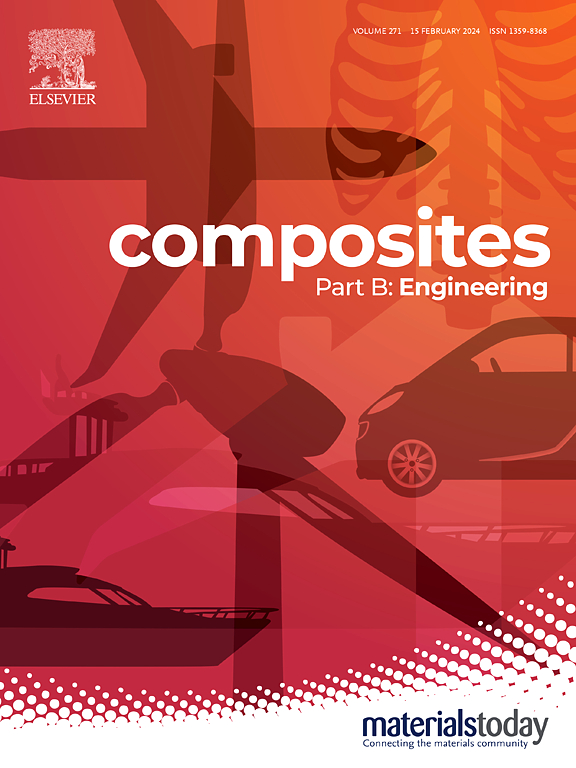Innovative strategy to reduce autogenous shrinkage in alkali-activated slag using hydrophilic carbon nanotube sponge
IF 12.7
1区 材料科学
Q1 ENGINEERING, MULTIDISCIPLINARY
引用次数: 0
Abstract
Alkali-activated slag (AAS) cement is recognized as a sustainable alternative to Portland cement (PC) binders. However, its practical application in construction is hindered by significant autogenous shrinkage. This study presents an innovative internal curing strategy by incorporating a hydrophilic carbon nanotube sponge (H-CNTSP) into the AAS paste. Due to the high stiffness of the CNT framework, H-CNTSP exhibits remarkable absorption capacities for activator and pore solution, reaching 74 g/g and 67 g/g, respectively—236 % higher than that of conventional superabsorbent polymer (SAP). The addition of just 0.08 wt% H-CNTSP effectively reduces autogenous shrinkage by 71 %, attributed to the sustained liquid release, as confirmed by the monitoring of internal relative humidity. Moreover, the loss in mechanical properties typically associated with internal curing agents is significantly minimized, thanks to the formation of a CNT/reaction product nanocomposite layer with enhanced stiffness. This study offers a promising solution to address the limitations of the AAS system, paving the way for its broader implementation in engineering applications.
求助全文
约1分钟内获得全文
求助全文
来源期刊

Composites Part B: Engineering
工程技术-材料科学:复合
CiteScore
24.40
自引率
11.50%
发文量
784
审稿时长
21 days
期刊介绍:
Composites Part B: Engineering is a journal that publishes impactful research of high quality on composite materials. This research is supported by fundamental mechanics and materials science and engineering approaches. The targeted research can cover a wide range of length scales, ranging from nano to micro and meso, and even to the full product and structure level. The journal specifically focuses on engineering applications that involve high performance composites. These applications can range from low volume and high cost to high volume and low cost composite development.
The main goal of the journal is to provide a platform for the prompt publication of original and high quality research. The emphasis is on design, development, modeling, validation, and manufacturing of engineering details and concepts. The journal welcomes both basic research papers and proposals for review articles. Authors are encouraged to address challenges across various application areas. These areas include, but are not limited to, aerospace, automotive, and other surface transportation. The journal also covers energy-related applications, with a focus on renewable energy. Other application areas include infrastructure, off-shore and maritime projects, health care technology, and recreational products.
 求助内容:
求助内容: 应助结果提醒方式:
应助结果提醒方式:


